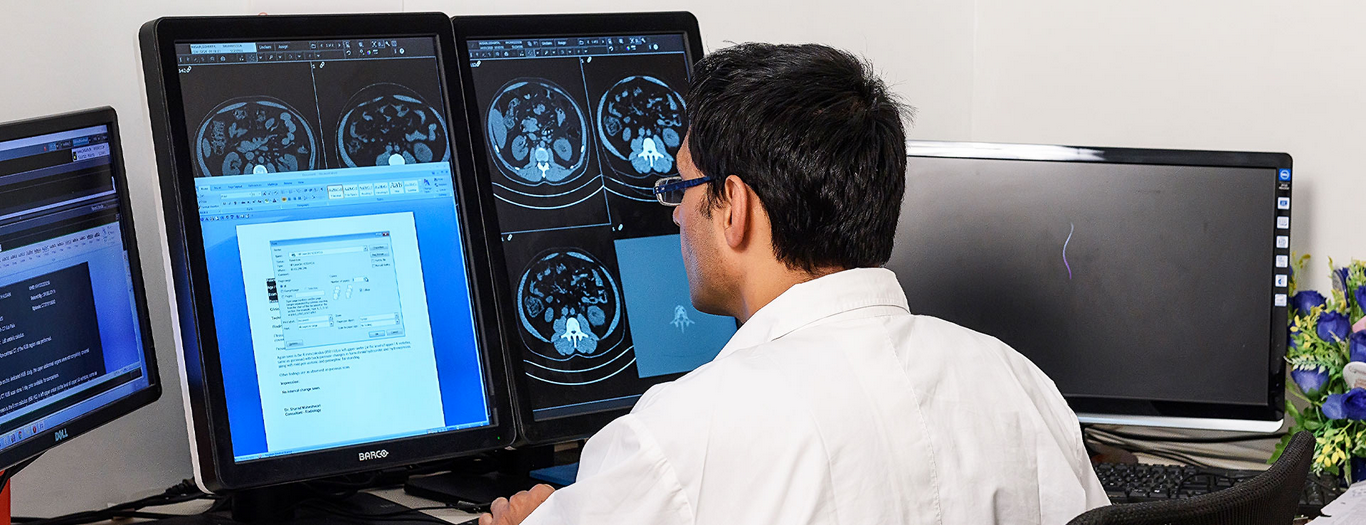Automated ultrasound is a revolutionary technology that is transforming the field of sonography. Here are five ways automated ultrasound is making an impact:
-
Increased Efficiency:
Automated ultrasound reduces the need for human intervention, resulting in faster, more efficient exams. With automated ultrasound, the system is able to perform scans quickly and accurately, allowing sonographers to see more patients in less time.
-
Improved Accuracy:
Automated ultrasound uses advanced algorithms to interpret images, reducing the risk of human error. This technology can also detect subtle changes in tissue that may not be visible to the human eye, improving the accuracy of diagnoses.

-
Consistency in Diagnosis:
Automated ultrasound can provide more consistent results by reducing variability in how images are acquired and interpreted. This can lead to more accurate and reliable diagnoses.
-
Standardization of Protocols:
Automated ultrasound allows for standardized protocols for imaging, reducing the variability between sonographers and ensuring that all patients receive the same level of care.
-
Access to Care:
Automated ultrasound can be used in remote or underserved areas where there may not be enough trained sonographers. By automating the process, healthcare providers can offer high-quality ultrasound exams to more patients, regardless of location.
Overall, automated ultrasound is revolutionizing the field of sonography by increasing efficiency, improving accuracy, standardizing protocols, and expanding access to care. As the technology continues to advance, we can expect to see even more benefits in the future.

